Can I Use Wifi Camera Without Cables ?
Yes, you can use a WiFi camera without cables. WiFi cameras are designed to connect to your home or office network wirelessly, allowing you to place them anywhere within the range of your WiFi signal. These cameras typically require a power source, which can be provided through a power cable or battery. Once connected to your WiFi network, you can access the camera's live feed and recordings remotely through a smartphone app or computer, without the need for any physical cables.
1、 Wireless Connectivity: Utilizing Wi-Fi for camera communication and data transfer.
Yes, you can use a WiFi camera without cables. Wireless connectivity has become increasingly popular in the world of cameras, allowing for greater flexibility and convenience in capturing and transferring images.
WiFi cameras utilize wireless connectivity to establish a connection between the camera and other devices such as smartphones, tablets, or computers. This enables seamless data transfer and remote control capabilities, eliminating the need for physical cables. With a WiFi camera, you can easily transfer photos and videos to your preferred device, edit them, and share them instantly with others.
The latest WiFi cameras offer advanced features and improved connectivity options. They often come with built-in WiFi modules that support faster and more stable connections. Some cameras even support dual-band WiFi, allowing for better performance in crowded WiFi environments.
Moreover, WiFi cameras can also be integrated with smart home systems, enabling you to monitor your home remotely. You can access the camera's live feed from anywhere using a smartphone or computer, providing peace of mind and enhanced security.
However, it is important to note that WiFi cameras still require a power source. While they eliminate the need for physical cables for data transfer, they still need to be connected to a power outlet or use batteries for operation.
In conclusion, WiFi cameras offer the convenience of wireless connectivity, allowing for easy data transfer and remote control capabilities. They provide flexibility and convenience, making them a popular choice for both professional photographers and casual users.
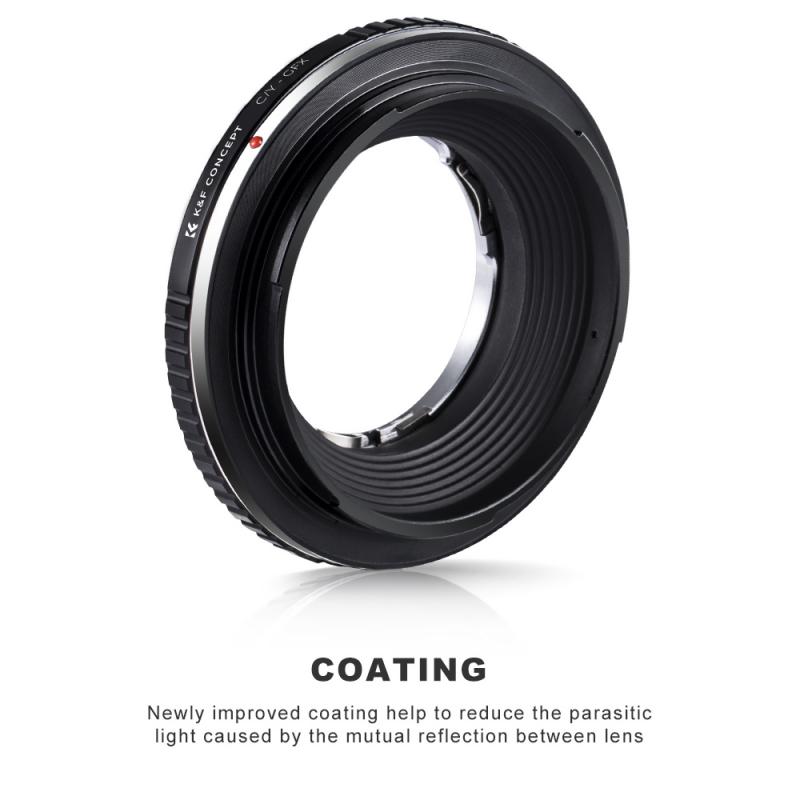
2、 Power Source: Battery-powered or solar-powered options for cable-free operation.
Yes, you can use a WiFi camera without cables. WiFi cameras are designed to connect to your home or office network wirelessly, allowing you to monitor and record video footage without the need for physical cables. These cameras typically come with built-in WiFi capabilities, allowing them to connect to your existing WiFi network.
One of the main advantages of using a WiFi camera without cables is the flexibility it offers. You can place the camera anywhere within the range of your WiFi network, without being limited by the length of cables. This means you can easily install the camera in hard-to-reach areas or areas where running cables would be impractical.
In terms of power source, WiFi cameras usually come with battery-powered or solar-powered options for cable-free operation. Battery-powered cameras are convenient as they can be easily recharged or replaced when needed. Solar-powered cameras, on the other hand, harness the power of the sun to charge their batteries, providing a sustainable and eco-friendly solution.
It's important to note that the latest advancements in WiFi camera technology have made them more reliable and efficient. With improved battery life and enhanced connectivity, WiFi cameras can now provide seamless monitoring and recording capabilities without the need for cables.
In conclusion, WiFi cameras offer a cable-free solution for video surveillance. With battery-powered or solar-powered options, you can enjoy the convenience and flexibility of wireless monitoring without the hassle of cables.
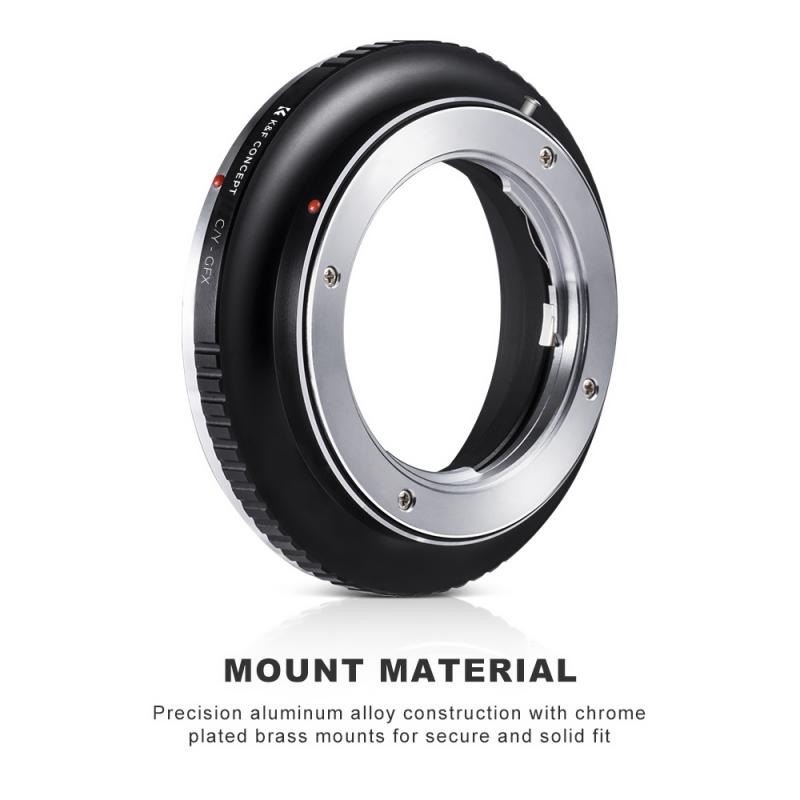
3、 Remote Monitoring: Accessing camera feed and controls via wireless network.
Yes, you can use a WiFi camera without cables. WiFi cameras are designed to connect to your wireless network, allowing you to access the camera feed and controls remotely. This means you can monitor your camera from anywhere as long as you have an internet connection.
WiFi cameras are becoming increasingly popular due to their convenience and ease of use. They eliminate the need for messy cables and allow for flexible camera placement. You can easily mount a WiFi camera on a wall or ceiling without worrying about running cables through your home or office.
With a WiFi camera, you can access the camera feed and controls using a smartphone, tablet, or computer. Many WiFi cameras come with their own dedicated mobile apps or software that allow you to view the camera feed in real-time, adjust camera settings, and even receive notifications when motion is detected.
The latest WiFi cameras also offer advanced features such as two-way audio, night vision, and pan-tilt-zoom capabilities. Some cameras even have built-in storage options, allowing you to save footage directly to a microSD card or a cloud storage service.
It's important to note that the performance of a WiFi camera can be affected by the strength and stability of your wireless network. If you have a weak WiFi signal in the area where you plan to install the camera, you may experience lag or dropped connections. However, with the advancements in WiFi technology, this issue is becoming less common.
Overall, using a WiFi camera without cables provides a convenient and flexible solution for remote monitoring. It allows you to keep an eye on your home, office, or any other location from anywhere in the world.
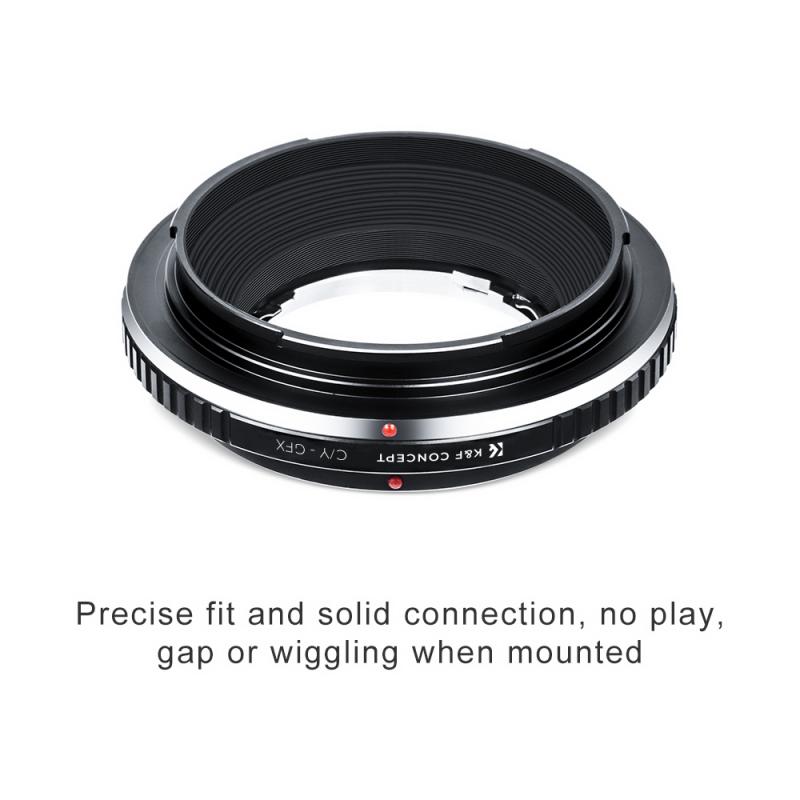
4、 Installation Flexibility: Mounting and positioning the camera without cable constraints.
Yes, you can use a WiFi camera without cables. WiFi cameras are designed to connect to your home or office network wirelessly, allowing for easy installation and flexibility in positioning the camera.
One of the main advantages of using a WiFi camera is the installation flexibility it offers. Unlike traditional wired cameras that require cables to connect to a power source and the recording device, WiFi cameras can be mounted and positioned without any cable constraints. This means that you can place the camera wherever you need it without worrying about the availability of power outlets or the limitations of cable length.
With a WiFi camera, you can easily mount it on a wall, ceiling, or any other surface without the need for drilling holes or running cables. This makes it ideal for both indoor and outdoor surveillance, as you can easily move the camera to different locations as needed.
Furthermore, WiFi cameras often come with additional features such as pan and tilt capabilities, allowing you to remotely adjust the camera's position and view a wider area without physically moving the camera. This adds an extra level of convenience and flexibility to your surveillance setup.
In addition to installation flexibility, WiFi cameras also offer the convenience of remote access. You can easily view the camera's live feed and recorded footage from your smartphone, tablet, or computer, as long as you have an internet connection. This allows you to monitor your property or loved ones from anywhere at any time.
Overall, using a WiFi camera without cables provides you with the freedom to install and position the camera wherever you need it, making it a convenient and flexible option for home or office surveillance.
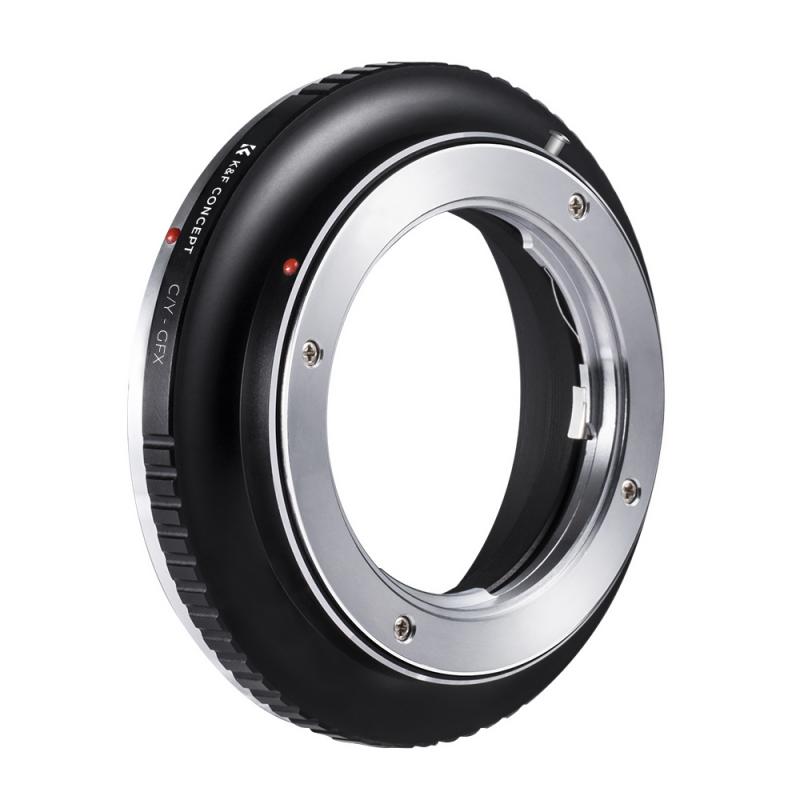



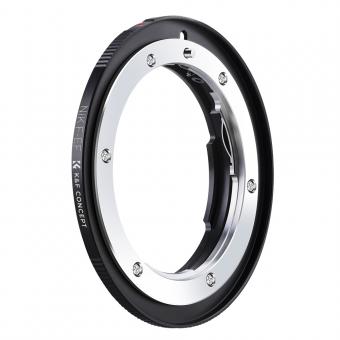

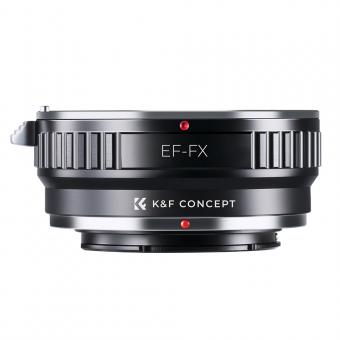

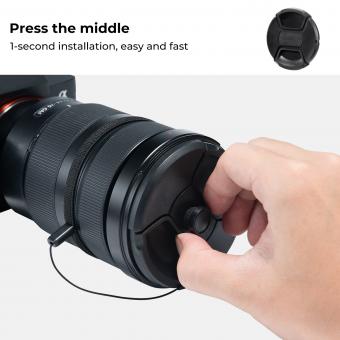


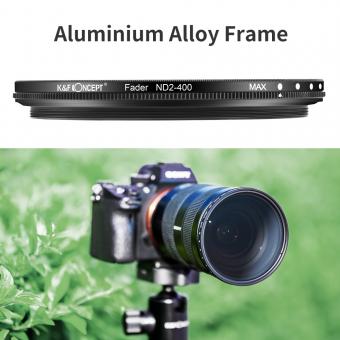

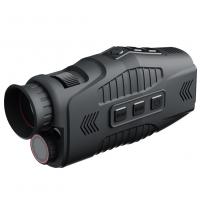

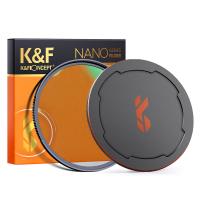




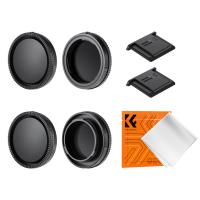



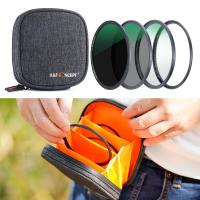
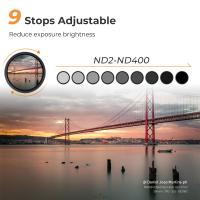
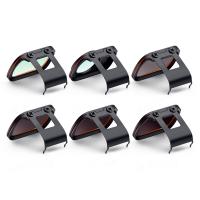
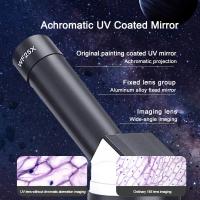
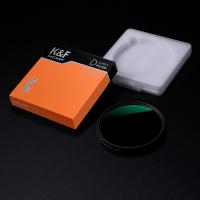

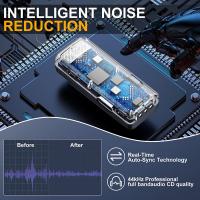

There are no comments for this blog.